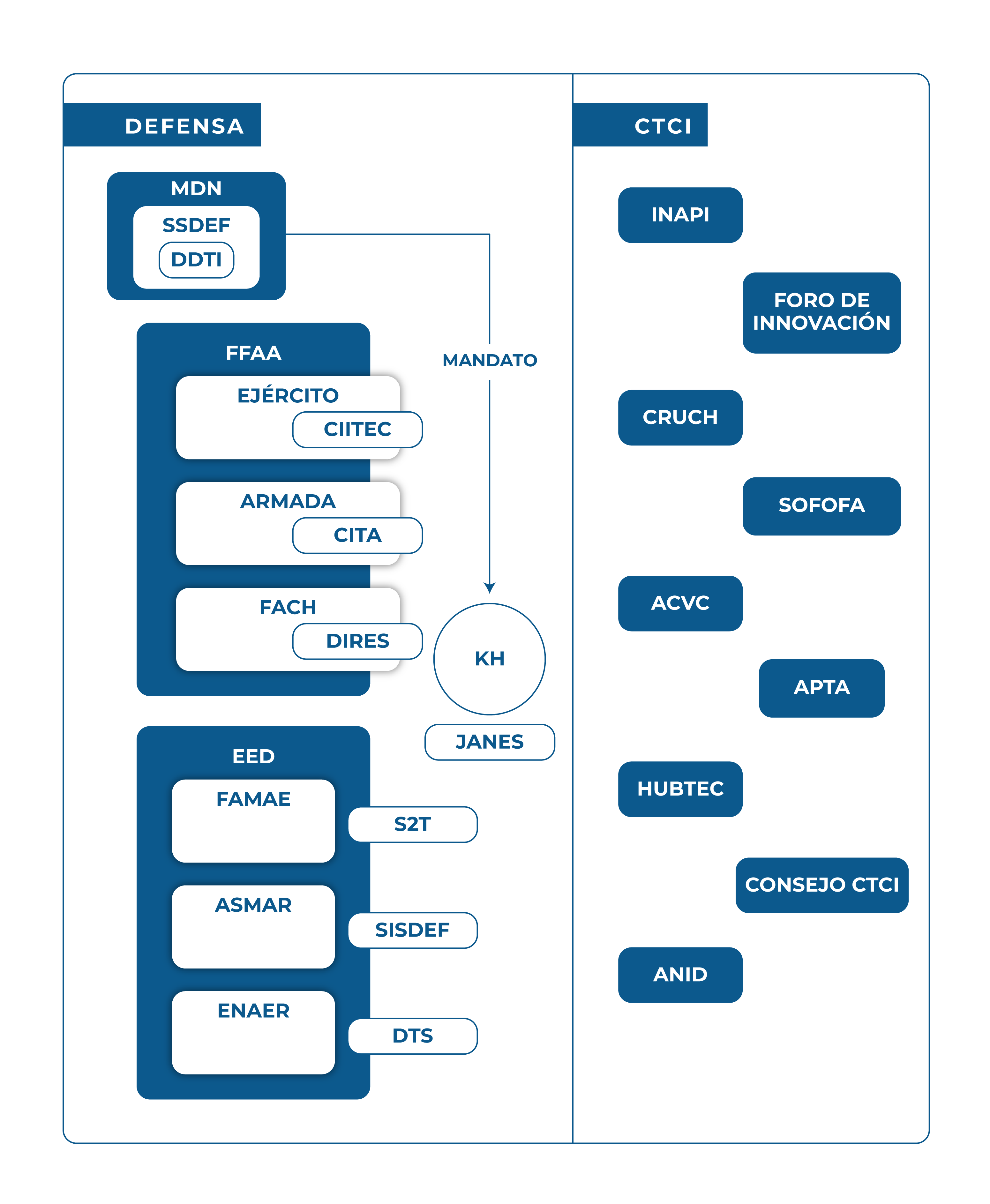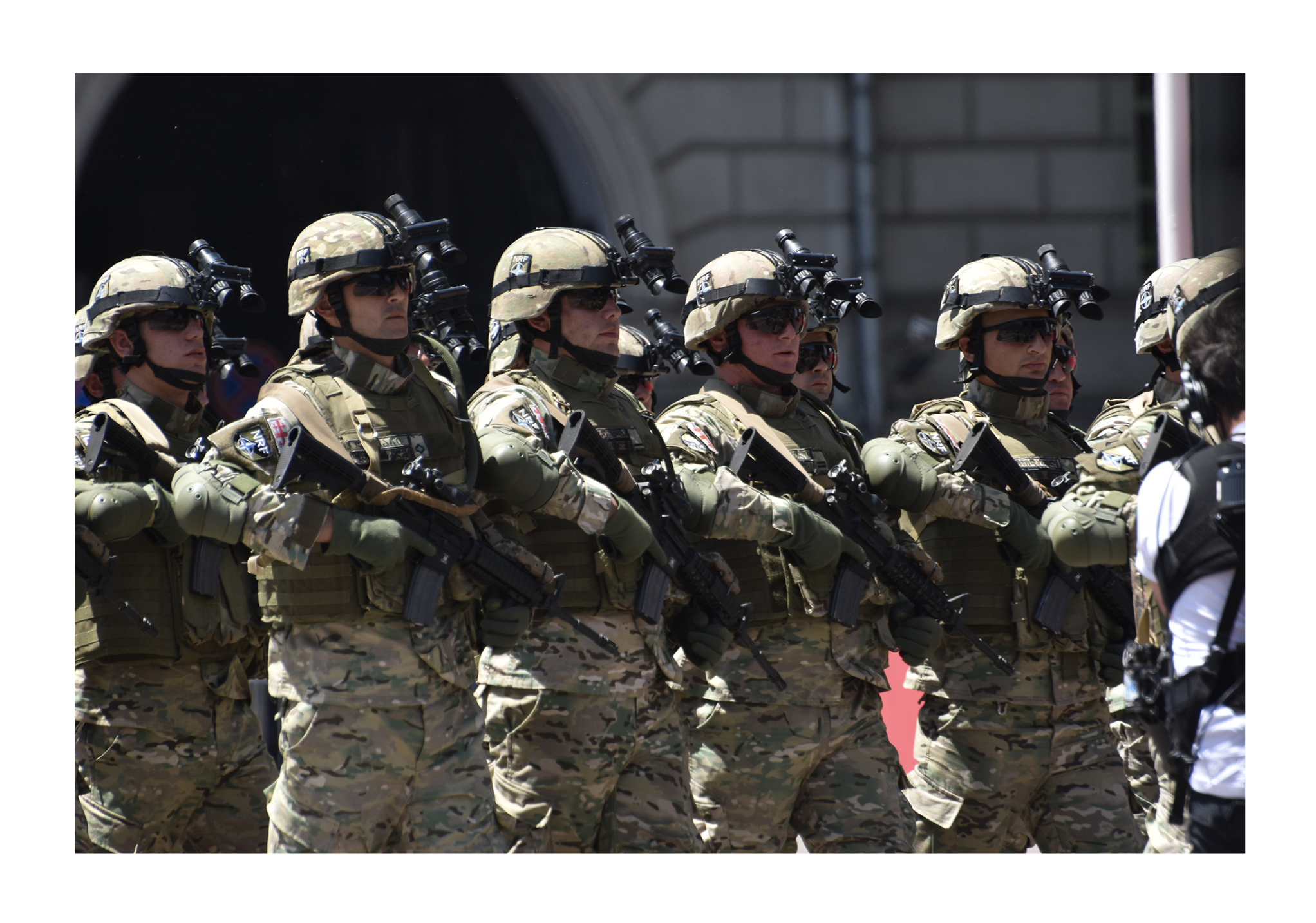
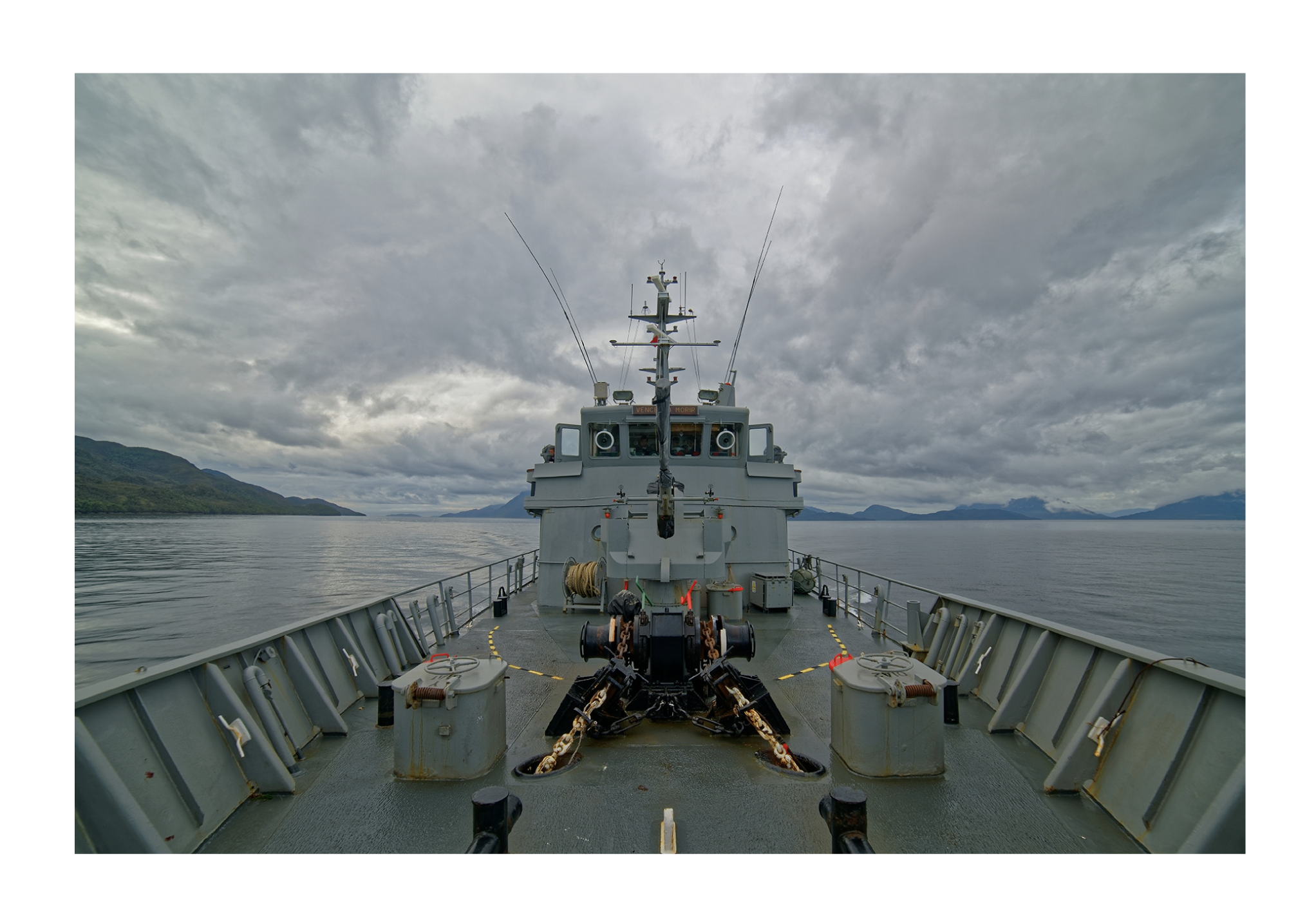


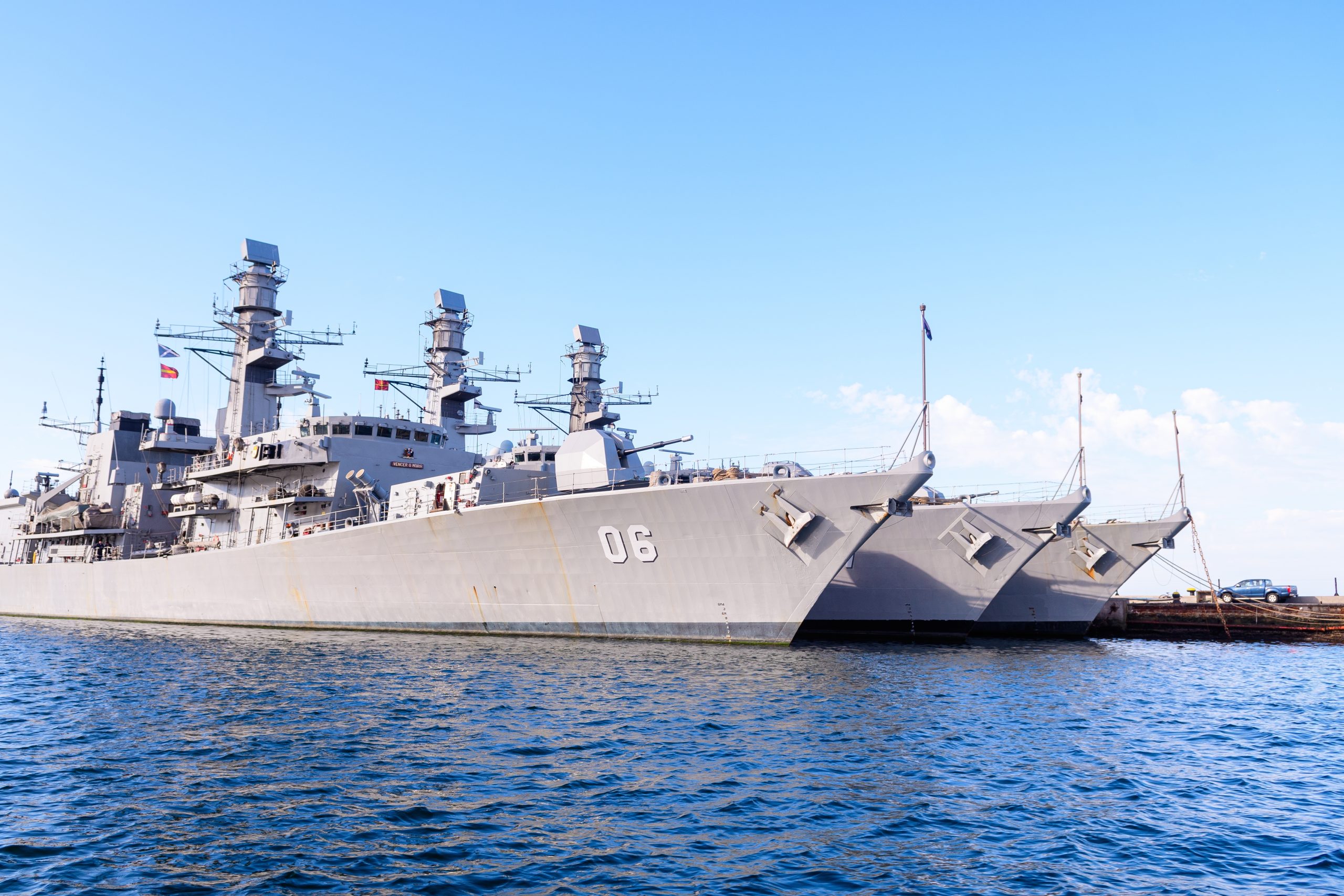

WHAT IS DUAL INNOVATION?
Dual innovation is the process through which science and technology are transformed into products and services that find applications in both defense and the civilian world.
Is it relevant?
Historically, investment in R&D&I in defense has led to the development of numerous technologies that, in addition to being used in defense, have been integrated into people’s daily lives and have had a positive impact on the scientific, technological, and industrial development of countries.
What is the national innovation ecosystem?
Throughout the extensive value chain, which begins from the moment a good idea transforms into a product or service in the market, numerous individuals and institutions participate. All of them, along with their relationships, constitute the national innovation ecosystem.
Although there is clear complementarity between the needs and capabilities of both parties, systematic collaboration between the national innovation ecosystem and defense remains a pending challenge.
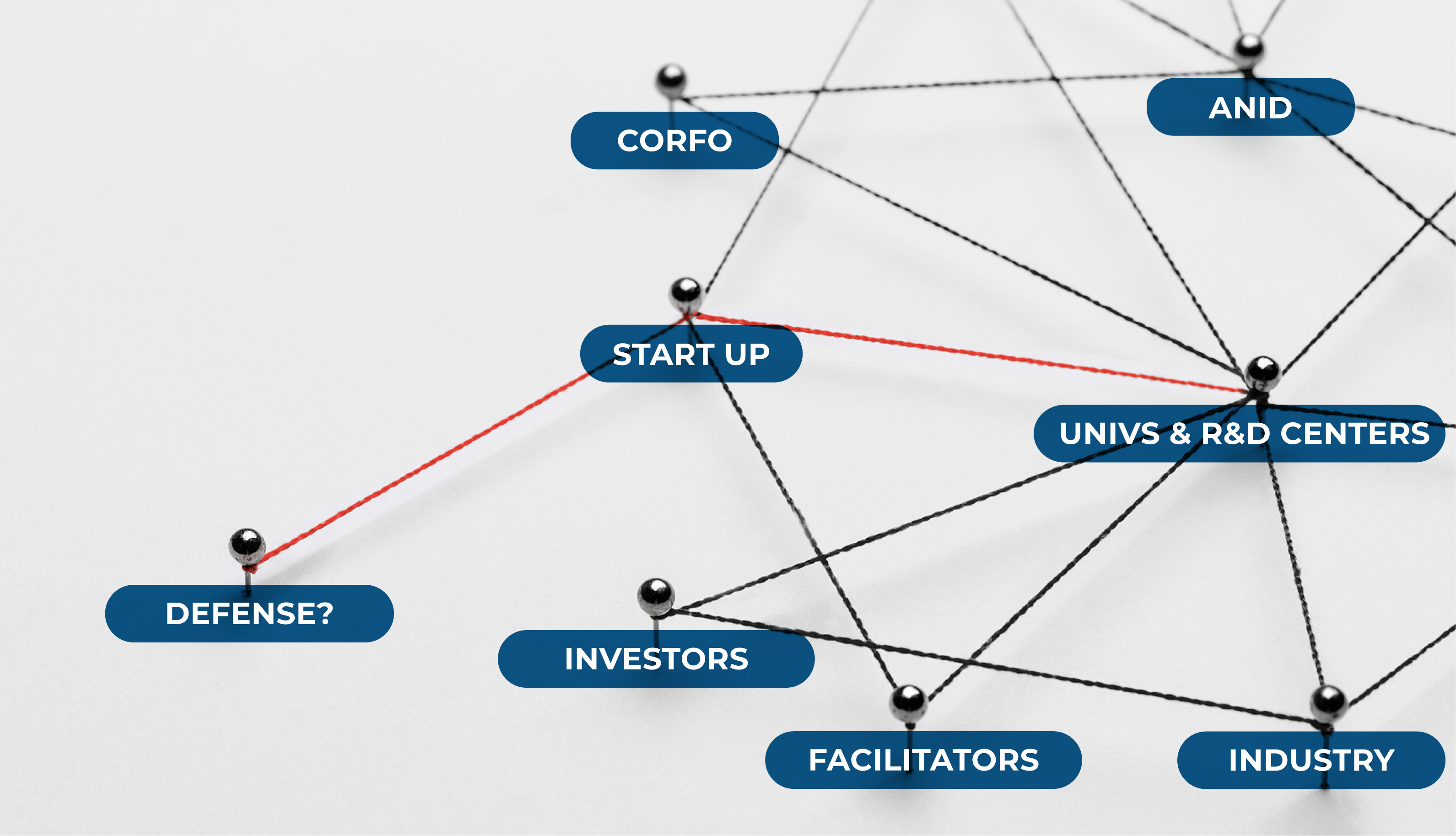
Throughout the extensive value chain, which begins from the moment a good idea transforms into a product or service in the market, numerous individuals and institutions participate. All of them, along with their relationships, constitute the national ecosystem of science, technology, knowledge, and innovation (STKI).
Although there is clear complementarity between the needs and capabilities of both parties, systematic collaboration between the national STKI ecosystem and defense remains a pending challenge.
How strong is the national innovation ecosystem?

Defense Capabilities
There are numerous technological innovation projects that demonstrate a high level of sophistication in defense.
However, very few initiatives are carried out in collaboration with the national innovation ecosystem, and their dual application is not considered.
CHILEAN NAVY
ASMAR: Building a new Icebreaker
DESA: Integrated Combat System for Missile Boats
An illustrative example of this is the percentage of military expenditure as a share of the total Gross domestic spending on R&D in our country, or in other words, how much of the public R&D spending is driven by the defense sector. Comparison with other OECD countries shows that there is a significant growth opportunity in this area.
| Country/Year | 2019 | 2020 | 2021 |
| USA | 46.92 | 47.14 | 46.81 |
| Turkey | 18.72 | 13.38 | 36.41 |
| Spain | 1.49 | 1.38 | - |
| Sweden | 2.82 | 2.52 | - |
| Mexico | 0.21 | 0.21 | 0.21 |
| Chile | 0.00 | - | - |
why now?
The local opportunity.
In compliance with the National Defense Policy, and particularly, its Fourth Mission Area, Collaboration with National Development and State Presence, there are major projects that, driven by the defense sector, include in their design collaboration with the national innovation ecosystem. The Continuous National Naval Construction Plan (PNCCN) and the National Space Program (SNE) are two examples of them. The PNCCN aims to have 100% of the national fleet built in our country by the year 2030. On the other hand, the SNE aims to equip the country with space capabilities, including launching.
As a public asset, defense is a necessary investment for the state; therefore, we need mechanisms to ensure that it also contributes to the scientific, technological, and industrial development of the country.
The PNCCN and the SNE both require certain sophisticated capabilities to achieve their goals; some of these will be obtained from the global defense industry and national Strategic Defense Companies, but in both programs, there is an explicit mandate to co-develop these capabilities in collaboration with the national innovation ecosystem, considering also the dual use of such technologies.
Global Opportunity
Just as initially defense technologies were incorporated into the civilian world, now it is the latter that has taken the initiative and propelled, developed, and financed a series of technologies that have become indispensable for the defense sector in current and future operations:


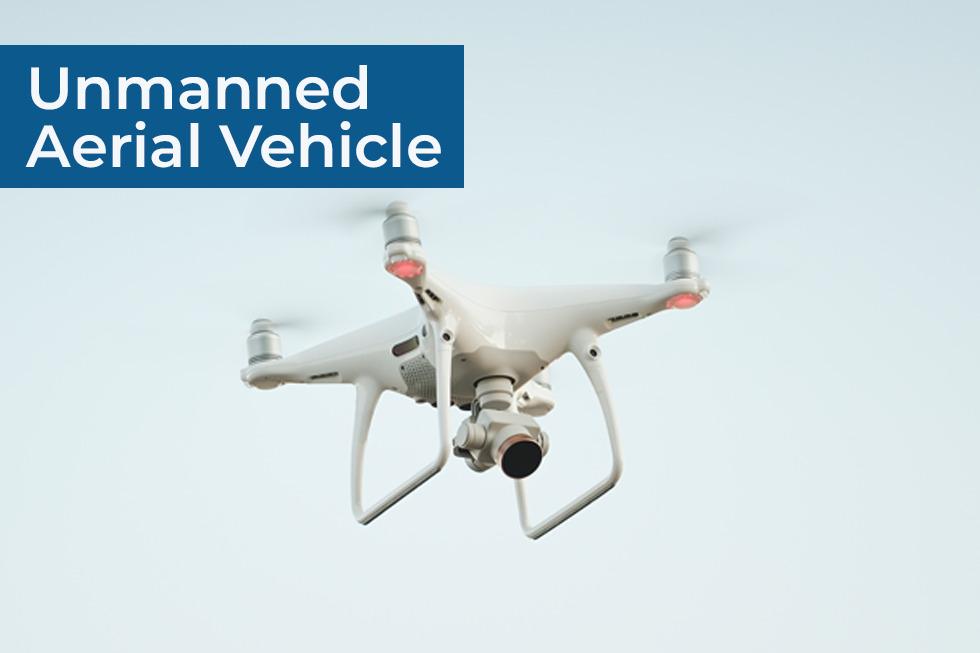

Reverse Duality
The global trend is to consider the civil use and impact of R&D&I in defense, from its design phase, with numerous initiatives in this direction.
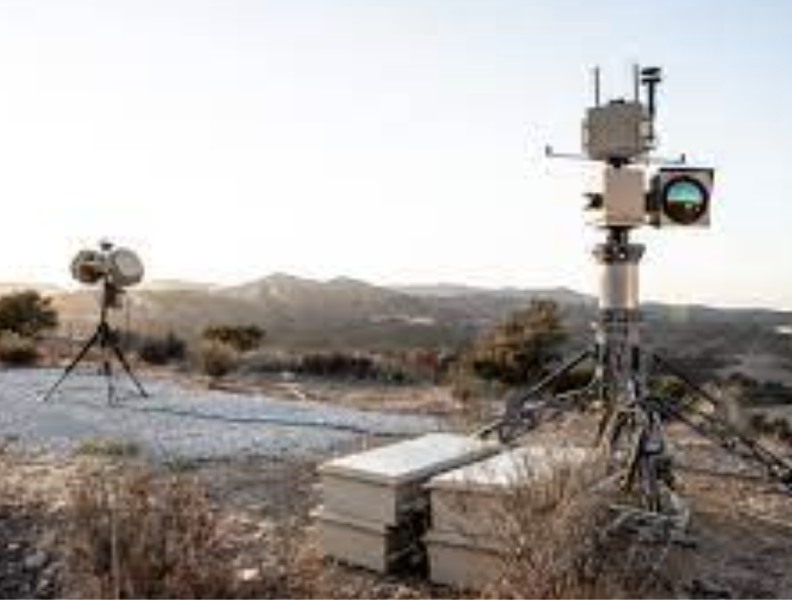
ANDURIL
North American defense-focused unicorn, valued at over $8B.

DEFENSE INNOVATION UNIT
DoD accelerator, focused on the dual application of military technologies.
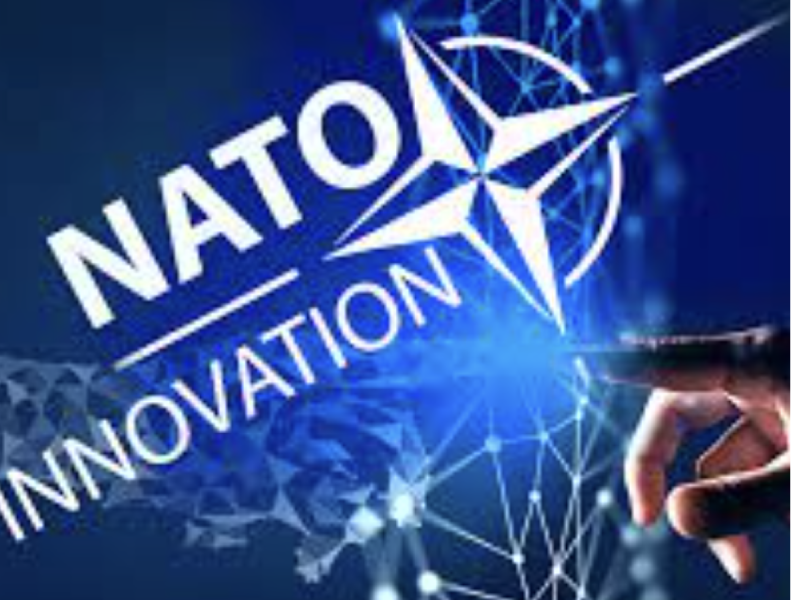
NIF VC
Of EUR 1B, NATO-backed, aimed at investing in startups with dual-use technologies.

DIANA
NATO Innovation Accelerator for dual R&D&I initiatives.
How to seize the opportunity in Chile?
The establishment of a Public Technological Institute for Defense Innovation emerges as a tool to harness this local and global opportunity, encompassing long-term goals in three areas of public policy: defense, economy, and science.

WHAT ARE THE ITP?
ITP (Public Technological Institute) aim to promote the generation and strengthening of scientific and technological capabilities for innovation and the provision of public goods. They act as a coordination platform between public and private nonprofit institutions dedicated to research, development, technology transfer, technical assistance, technology diffusion, and research generation. Additionally, they support public regulations and policies, facilitating the exchange of information and best practices.
These are organizations that:
- Fulfill a public function.
- Generate and provide public goods.
- Are part of the State administration or have governance involving the State.
- Possess scientific and technological knowledge or can acquire it.
- Have a financing model from the State (national budget, performance agreements, or subsidies).
Defense ITP
Currently, there are 3 ITP within the Defense:
Military
Geographic Institute
Aerophotogrammetric
Service
Hydrographic and
Oceanographic Service of the Navy
Defining the strategy, functions, processes, and structure of the ITP is precisely the objective of this project, identifying the best way to achieve systematic collaboration between the industrial and military capabilities of Chile and its national innovation ecosystem.
Many challenges must be addressed by a collaboration of this nature, such as coordination failures, organizational culture, and deficiencies in methodologies and information. This requires an institution to coordinate and support the existing institutional framework in the Ministry of Defense, the Armed Forces, and the strategic defense companies, systematizing collaboration with ecosystem actors.
THE
PROJECT
With the financing of the Chilean Economic Development Agency (CORFO), and the mandate of the Ministry of National Defense, Know Hub Chile is currently implementing the project ‘Public Technological Institute for Defense Innovation.’ Its objective is to design an institution that promotes dual innovation, using the defense sector as an engine for the scientific, technological, and industrial development of Chile, with a special emphasis on the country’s strategic autonomy.
Project duration
December 20th , 2023
June 20th , 2024 (6 months)
Upon completion of this project, and as an input to the institutional design, there will be an in-depth analysis of the original diagnosis, a 10-year strategic plan for its implementation phase, and an international comparative study of similar initiatives.
Stakeholders
The project is commissioned by the Ministry of National Defense, specifically the Undersecretariat of Defense, through the Technological Development and Industry Division (DDTI).
During the project development, the active involvement of key stakeholders in national defense will be ensured, including each branch of the Armed Forces, the Joint Chiefs of Staff (EMCO), strategic defense companies, and the National Academy for Political and Strategic Studies (ANEPE).
In addition to this, a Strategic Advisory Council has been established, with the participation of representatives from key players in the STKI ecosystem and the national productive sector. These include the Chilean Venture Capital Association (ACVC), the Innovation Forum, the National Institute of Industrial Property (INAPI), the Technology Transfer Hubs APTA and Hubtec.
Janes supports this project through research and analysis of the international defense industrial base ecosystem. Janes is the leading provider of open-source intelligence, validated and analyzed, for global defense and intelligence organizations.
También colaborarán actores destacados del
ecosistema nacional de CTCI, conformando
el Comité Estratégico Asesor del proyecto:
• Fro de innovación
• INAPI
• SOFOFA (aún no confirmado)
• ANID (idem)
• CRUCH (idem)
• Consejo CTCI (idem)
• ACVC
• APTA
• HUBTEC
Ministerio de Defensa
https://www.defensa.cl/
• SSDEF
• DDTI
Fuerzas Armadas
• Armada https://www.armada.cl/
• CITA (sin sitio aun)
• APN https://www.apolinav.cl/
Fuerza Áerea https://www.fach.mil.cl/
• DIPRES
https://www.dipres.gob.cl/598/w3-channel.html
• APA https://www.fach.mil.cl/apa.html
• SAF https://www.saf.cl/
Ejército https://www.ejercito.cl/
• Acapomil https://www.acapomil.cl/
• DIPRIDE sin sitio
• CITEC sin sitio
Empresas Estratétgicas de Defensa
• ASMAR https://www.asmar.cl/
• SISDEF https://www.sisdef.cl/
• ENAER https://www.enaer.cl/
• DTS https://www.dts.cl/?lang=en
• FAMAE http://www.famae.cl/
• S2T https://www.s2t.cl/
IMPACTOS Y
RESULTADOS
Lorem Ipsum is simply dummy text of the printing and typesetting
industry. Lorem Ipsum has been the industry’s standard dummy text
ever since the 1500s, when an …










